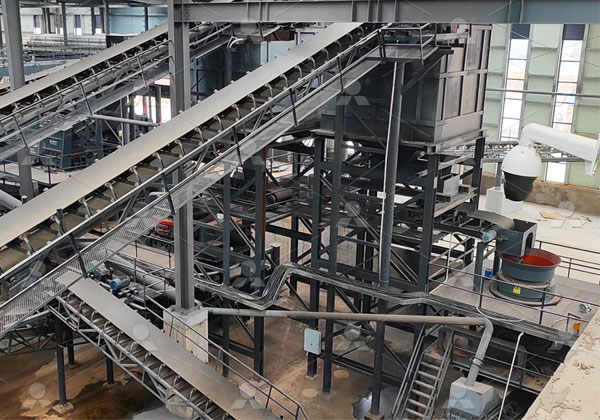Belt conveyor
A belt conveyor is a mechanical system widely used in industries for the efficient and continuous transportation of materials over short and long distances. It consists of a belt, which is a looped strip of flexible material, typically made from rubber, fabric, or metal, that moves over rollers or pulleys. This system is driven by a motor, which powers the pulleys to rotate and move the belt forward, enabling the transportation of goods or bulk materials.

Key Components of a Belt Conveyor
-
Belt: The belt is the most crucial component of the system. It can vary in size and material depending on the load and environment. Common types include flat belts, troughed belts (for bulk materials), and modular belts (for heavy-duty applications). The material and strength of the belt depend on the type of materials being transported.
-
Motor and Drive System: The motor powers the movement of the conveyor belt. A gearbox or drive unit is typically connected to the motor to provide controlled speed and torque, allowing for the smooth operation of the belt. The drive system is often located at one end of the conveyor.
-
Pulleys: Pulleys are the rotating wheels around which the belt moves. They are mounted at both ends of the conveyor system, with one pulley often being a drive pulley and the other a return pulley. The drive pulley is powered by the motor, while the return pulley supports the belt on its return journey.
-
Rollers: Rollers are positioned along the length of the conveyor to support the belt and help reduce friction. They can either be fixed or can rotate to assist with the movement of the belt.
-
Frame and Structure: The frame provides the overall support for the conveyor system. It holds the belt, pulleys, and rollers in place. Conveyor frames can be made of various materials such as steel, aluminum, or plastic, depending on the application and the weight of the materials being transported.
-
Idlers: Idlers are a subset of rollers placed between the pulleys to further support the belt and material load. These are especially useful for larger conveyor systems with long stretches.
Working Principle of a Belt Conveyor
The belt conveyor operates by the motor driving the belt, causing it to move along the pulleys. The belt moves in a continuous loop, driven by friction between the pulleys and the surface of the belt. As materials are fed onto the belt at the loading point, they are carried to the desired location, where they are discharged. The materials can range from small items like boxes and packages to bulk materials like coal, sand, or gravel.
